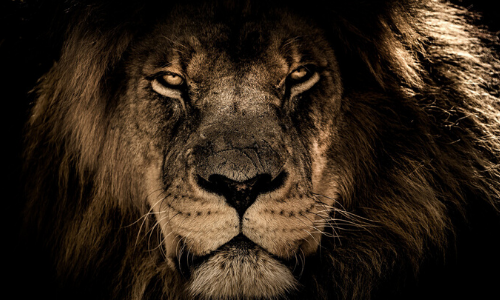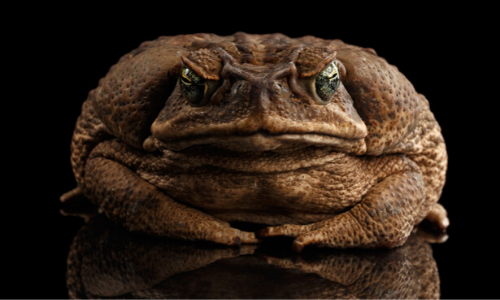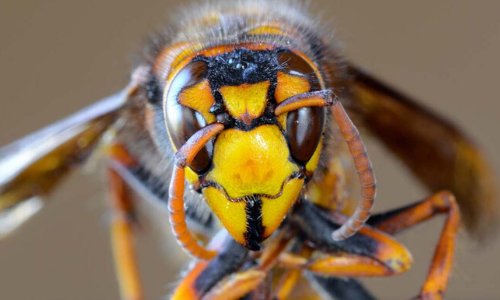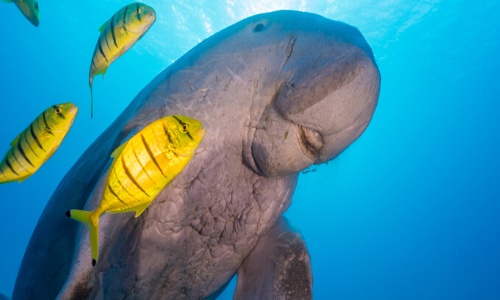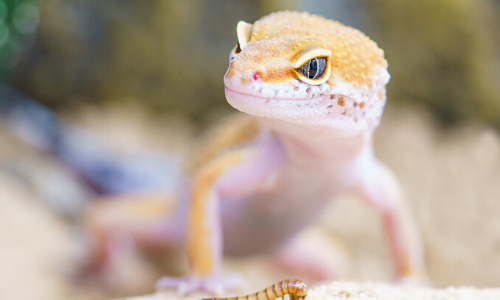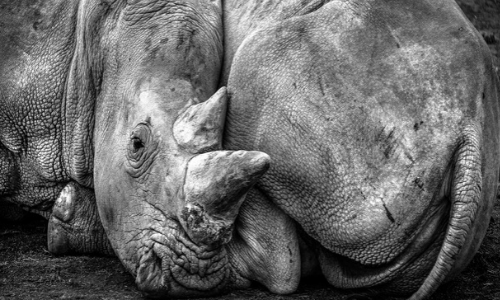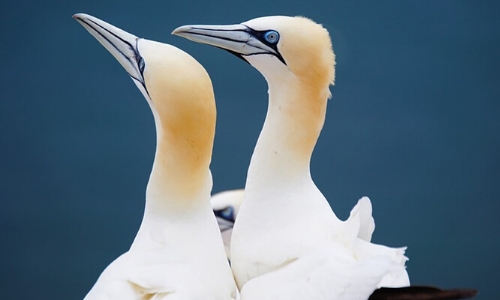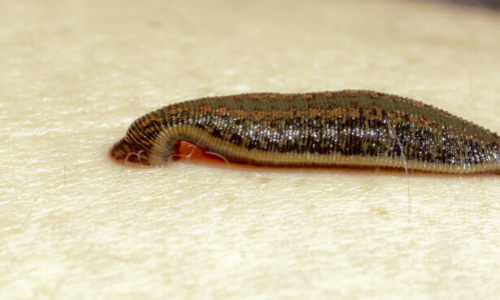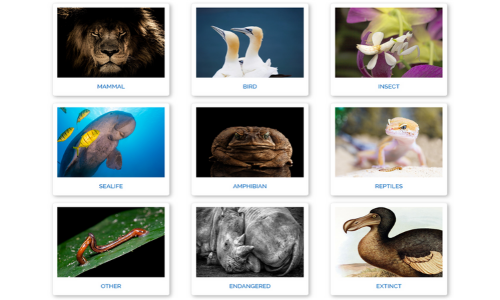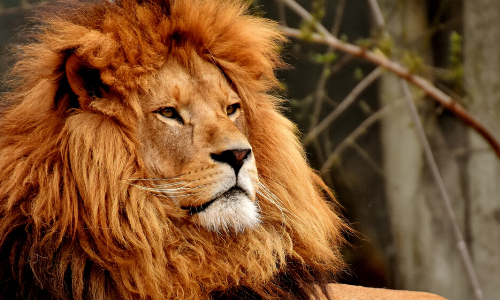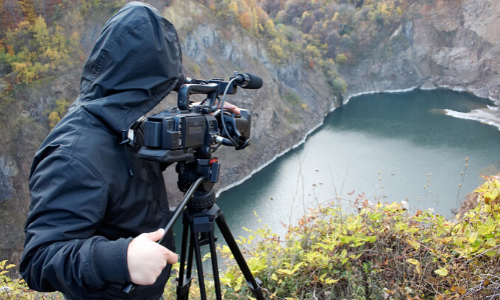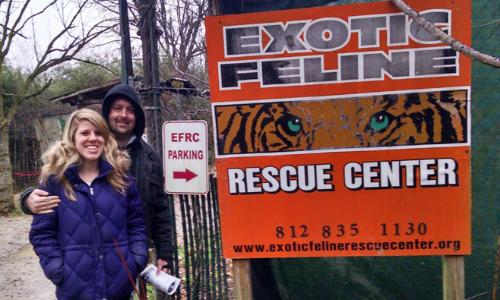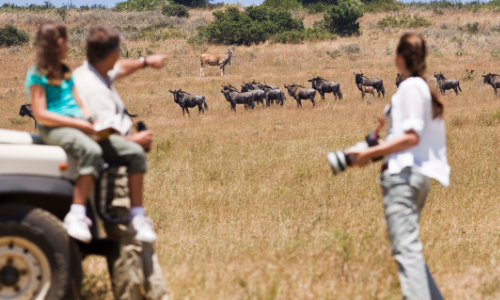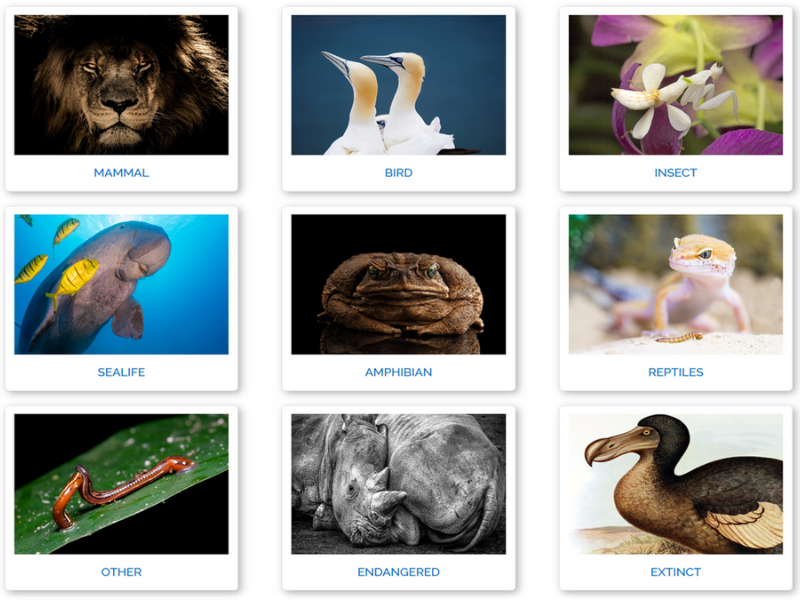
American Bullfrog
American bullfrogs got their name from the cow-like noise they make; during the mating season, it can be heard over half a mile away!

Sand Lizard
Sand lizards like to bask in the sun to raise their body temperature and gain energy for the day. They’ll retreat to their underground borrows to escape.

Quoll
One male quoll’s territory can expand over a mile from their den. Several female territories may exist in one male’s region.

Tomato Frog
The tomato frog looks like a tomato when it inflates its body to scare predators. It produces a sticky liquid that irritates mucus membranes if ingested.

Shoebill
The shoebill is named from its large beak, which can grow about 9 inches long and 4 inches wide; it’s the third largest beak among all living birds!

Zebu
The zebu is one of the oldest cattle breeds in the world; archaeological evidence has the zebus’ first sighting between 2,000-3,000 BC.

Crown-of-Thorns Starfish
The crown-of-thorns starfish has toxic spines that are so sharp, they can pierce a wetsuit. Luckily, it can only be transferred through touching the spines.

Sulcata Tortoise
The sulcata tortoise can grow up to 3 feet long and 200 lbs; it is not only the largest mainland tortoise, but also the 3rd largest tortoise in the world!

Sitatunga
Excellent pin-point hearing is the sitatungas best warning for predators as their sight provides little value since swamps are so dark and dense.

Secretary Bird
Conveniently, the secretarybird has the longest legs of any bird of prey, and they prefer walking than flying. In fact, they walk about 12-19 miles per day.

